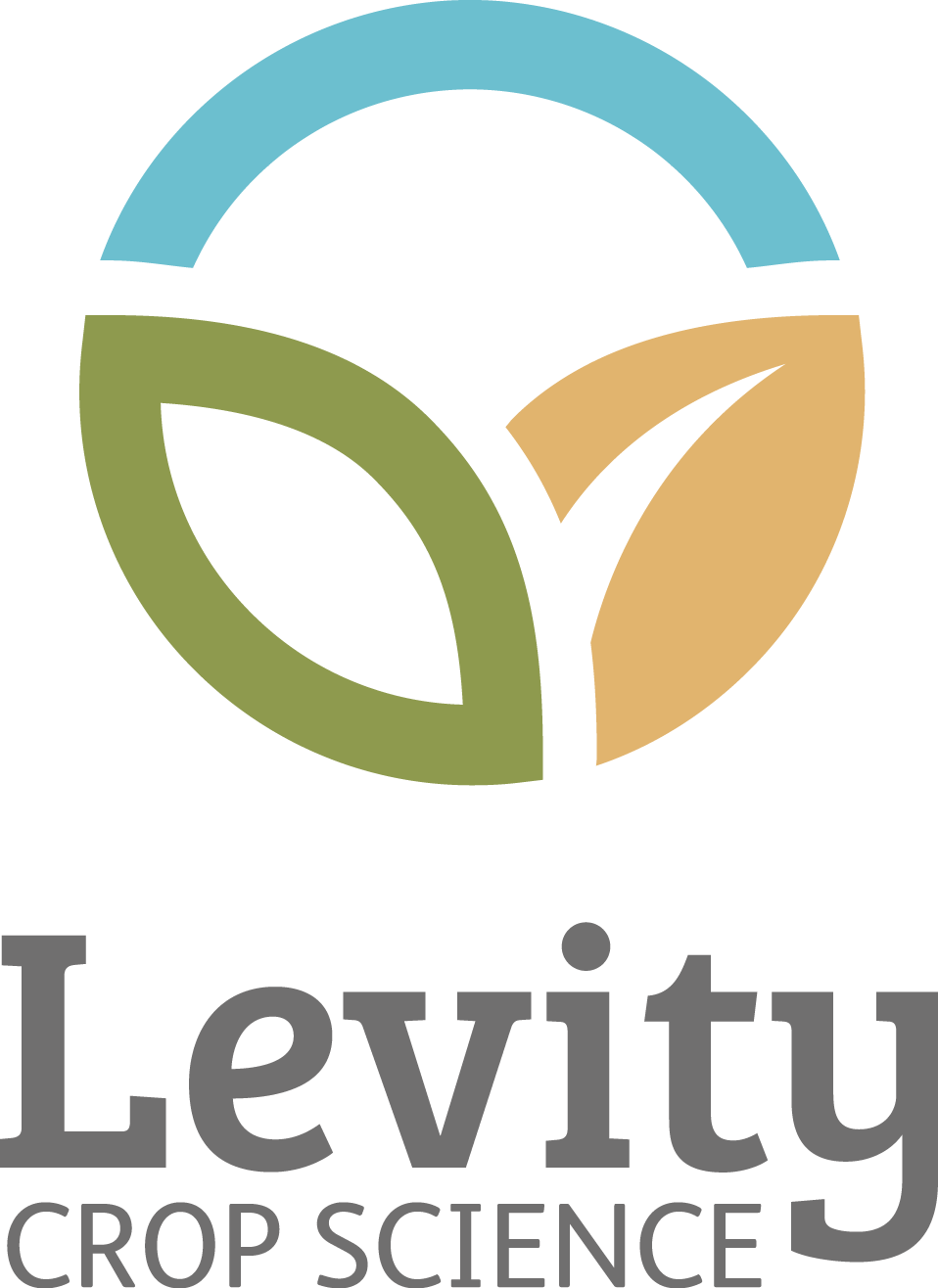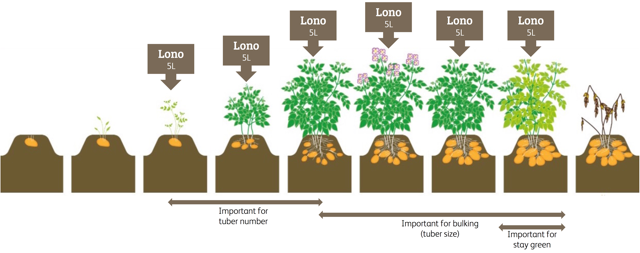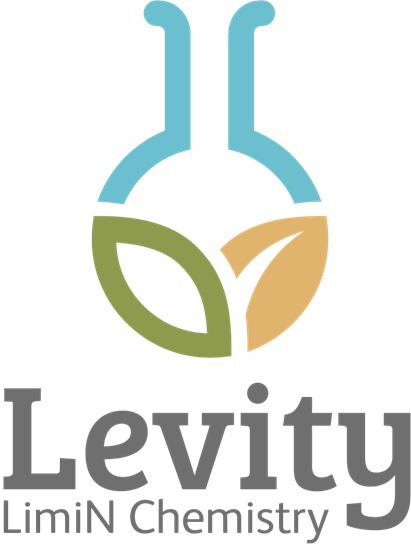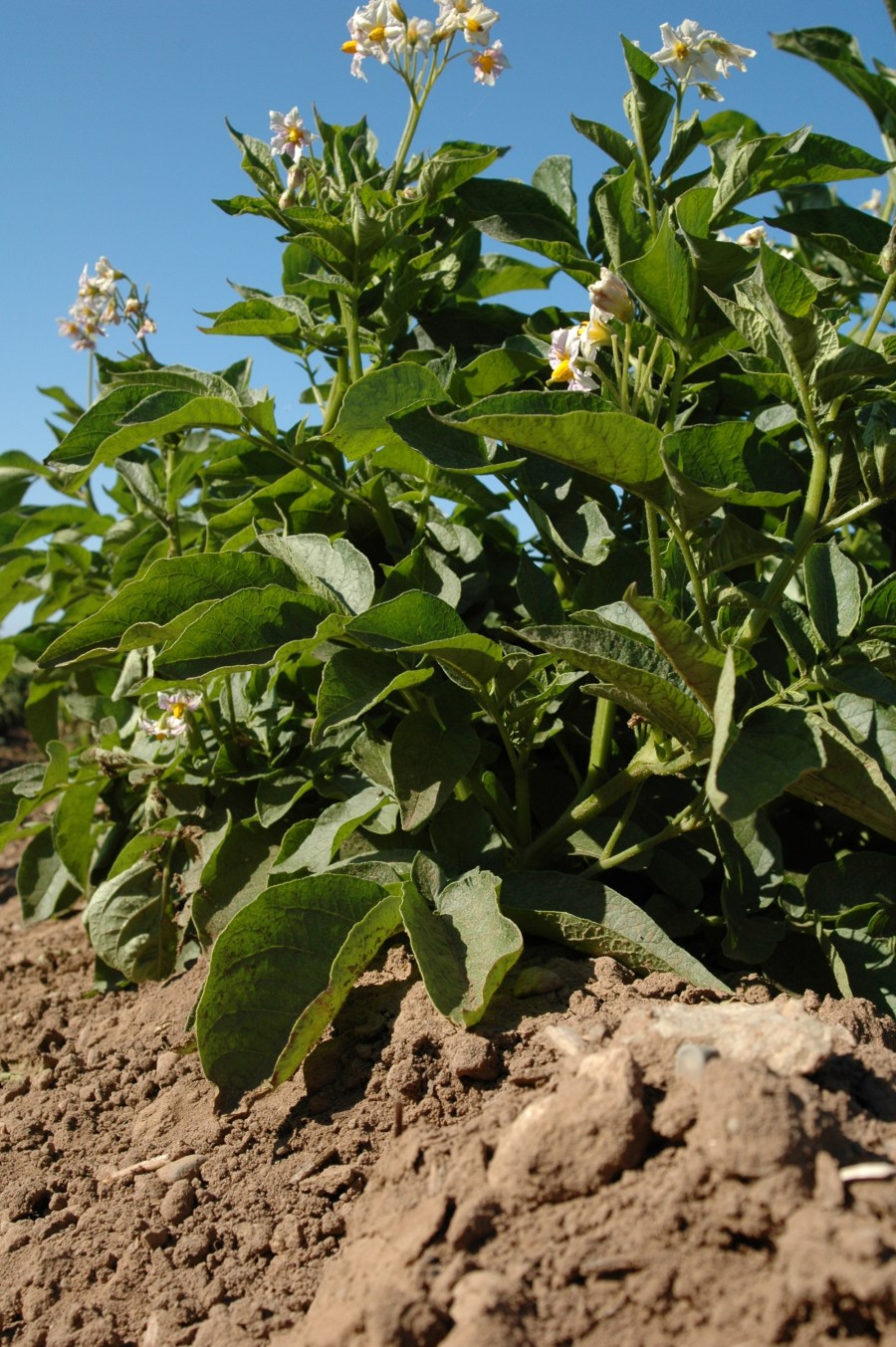 Novel forms of fertiliser have often been dismissed as snake oil, but now a new generation of products have been developed, created by scientists and led by the physiology of the potato crop. CPM finds out more.
Novel forms of fertiliser have often been dismissed as snake oil, but now a new generation of products have been developed, created by scientists and led by the physiology of the potato crop. CPM finds out more.
The amine form encourages more reproductive growth due to changes in the hormonal balance within the plant.
By Lucy de la Pasture
From a scientific point of view, fertiliser technology is still very much in its infancy. The forms currently widely used today have been adopted because they’re easy to source in large quantities. They’ve been designed by chemists rather than biologists and haven’t had the crop’s physiology in mind. As a result, fertiliser uptake by plants is an inefficient process, with rates of recovery for nitrogen fertilisers in the region of 25-35%.
But the tide is turning. Fertiliser technologies are being developed that are physiologically-led and underpinned by sound, peer-reviewed scientific research. Dr David Marks, managing director of Levity Crop Science, explains why these products are better and can help achieve a higher marketable yield of potatoes.
Why is nitrogen crucial for growth?
Nitrogen is so vital for plant growth because it’s a major component of chlorophyll, the compound by which plants use sunlight energy to produce sugars from water and carbon dioxide (photosynthesis). It’s also a major component of amino acids, the building blocks of proteins.
Some proteins act as structural units in plant cells, while others act as enzymes, which facilitate the many biochemical processes essential for life. Nitrogen is a component of energy-transfer compounds, such as ATP (adenosine triphosphate), which enables cells to conserve and use the energy released in metabolism. It’s also a significant component of nucleic acids such as DNA, the genetic material that allows cells (and the plant itself) to grow and reproduce.

Small bursts of the amine form of N influence partitioning by promoting tuber production without stimulating top growth.
What is growth partitioning?
Partitioning is the process by which plants divide their energy amongst their different parts. In potatoes, it’s the trade-off in proteins and carbohydrates allocated towards their leaves (canopy growth) and those apportioned to the roots (uptake of nutrients and water) and tubers (reproductive growth).
Nitrogen availability has a strong effect on partitioning. Plants take up three forms of nitrogen, which are amine (NH2), ammonium (NH4) and nitrate (NO3). Most nitrogen applied to the soil is converted to NO3 from NH4 by soil bacteria, incl. Nitrosomonas spp. and Nitrobacter spp. Nitrogen taken up by plants as nitrate (NO3–) must be first converted to ammonium (NH4+) before it can be used by the plant, and this has a consequent energy cost. In fact, it takes 12 times as much carbon to process a unit of nitrate into a plant protein than if the nitrogen is taken up in the amine form (NH2).
On the other hand, if nitrogen is taken up as NH4 or NH2, it can be immediately used in the synthesis of amino acids and other organic compounds, conserving energy which may be used for growth.

How do you influence this?
Over application of N in search of higher yields can lead to excessive top growth at the expense of tuber growth. Because of the conversion process required, any nitrogen applied as a foliar fertiliser in the nitrate form reduces photosynthesis as the plant uses its energy changing it into a usable form.
The formulation of nitrogen fertiliser is therefore very important to the energy efficiency of the crop, influencing the amount of energy wasted transporting nitrates to the leaf to be converted to NH2.
One of the functions of nitrogen in the plant is to influence the production of plant hormones, particularly auxins and cytokinins which are the hormones influencing plant growth. Auxins are made in the potato leaves and transported to the roots, with the opposite true for cytokinins, which are made in the roots. It’s the balance between the two hormones that affects the way the crop partitions into vegetative (stems and canopy) growth and reproductive growth (tubers).
The nitrate form stimulates plants to produce auxins, which is why overapplication causes excessive top growth in the potato. If the plant has access to nitrogen in the form of NH2, it can use this locally, using less energy to convert it to protein and without triggering unwanted auxin synthesis. Cytokinin production means the potato plant produces more lateral growth, is bushier with a more fibrous root system and has increased tuber development.
Which form of N is best?
Stabilized N fertilisers aren’t something new, but previous products have all been based on urease inhibitors such as Didin, and/or bacterial inhibitors such as nitrapyrin. Both have a direct impact on the process of mineralization, which although in theory is favourable, in practice this isn’t always the case.
Levity have developed a way of stabilising urea that’s different. The technology is based on a bonding or cross linkage formed between the NH2 and a monovalent or divalent cation. The benefit of this process is that by donating an electron, it renders nitrogen in the NH2 form unrecognisable to the bacteria that would normally reduce it.
This means in this amine form, there’s supply of a more efficient form of N, meaning less is required for the same amount of plant growth. The N supplied is more energy efficient with less carbon used, as it doesn’t require conversion to the ammonium form of N before the plant can utilise it. The amine form also encourages more reproductive growth due to changes in the endogenous hormonal balance within the plant.
What trials work has been done?
Levity have conducted replicated field trials in four countries over four years, putting their unique amine N product, Lono, to the test on more than 10 different varieties.
In a trial conducted in Yorks in 2016, the effect of Lono on potato yield was investigated and compared with two non-stabilised foliar nitrogen formulations, supplying a similar level of nitrogen to the crop. The results have been peer reviewed and published at the Crop Production Northern Britain Conference in Dundee earlier this year.
The results of this study showed foliar application of stabilised NH2 product, had a significant effect on marketable yield, with a 1.71 t/ha (4.7%) yield increase compared with the control. In contrast, the two standard foliar N fertilisers had no significant effect on yield.
Yield data at harvest 31 Oct 2016, Yorks.

Significant levels (p<0.1) are denoted as xab – the differing letters relate to significant differences between treatments (within columns). Treatment 1 – control; treatment 2 – 340g/l N (37g/l NO3, 140g/l NH4 and 163g/l NH2) applied in 3 l/ha; treatment 3 – 330g/l N (49g/l NO3, 67g/l NH4 and 214g/l NH2), applied in 3.3 l/ha; treatment 4 – 195g/l N (65g/l NO3 and 130g/l stabilised NH2), applied in 5 l/ha. Source: DJ Marks, S Wilkinson and AK Weston, 2018. Influence of foliar stabilised nitrogen on potato tuber yield, Proceedings of CPNB 2018.
What approach is best?
Exposure to small bursts of NH2 will have an effect on plant architecture that’s disproportionate to the quantity applied, because of its influence on the plant’s hormones. In potatoes there are four key timings when Lono can be applied that will influence tuber production in the crop. These are at tuber initiation, early-bulking, mid-bulking and late-bulking.
Timing of NH2 influences crop partitioning

Source: Levity Crop Science
What difference does variety make?
All varieties of potato can benefit, but in some there may be a greater effect. For example, Innovator is a notoriously shy tuberiser and if it’s subjected to any stress, then low numbers are often the result. In Dutch trials, significant increases in the marketable yield of Innovator of 5-6t/ha have been recorded. Rooster and Annabelle have responded similarly in Irish and French trials, with smaller increases of 2.5 t/ha found in Brooke and Shelford in the UK.
The response a variety has depends on its characteristics and Lono can be used as an agronomic tool to influence the marketable yield of the crop. So for King Edward, it’s the bulking up sprays that are most important. These tend to increase the size of the middle fraction of tubers. For seed, or where small tubers of even size are required (eg Maris Peer), the earlier application timings will help achieve the required size fraction.
European field trial results using Lono in addition to standard farm fertiliser regimes

*p=0.1 (where the yield increase was calculated via analysis of variance and Fishers LSD to be significantly higher than that in the control plots treated under farmer standard conditions (level of N dependent on variety requirement and season length). Source: Source: DJ Marks, S Wilkinson and AK Weston, 2018. Influence of foliar stabilised nitrogen on potato tuber yield, Proceedings of CPNB 2018.
Early adopters seeing benefit
Augustus Hare once said, ‘every Irishman has a potato in his head’. Progressive Irish grower, Ned English of Castlecor Potatoes, would admit to having not a potato but crops of potatoes in his head, such is his passion for the humble potato and his quest to grow it to the best of his ability.
Potato growing in Ireland has many challenges and for Ned, whose 200ha of potatoes are situated in Mallow, Co. Cork which is further south than the main potato-growing regions in Wexford, Meath/Dublin and Donegal, those challenges can be somewhat greater, he says.
Undeterred, the Castlecor business has continued to grow and supplies and packs Rooster, Maris Piper, Electra and Kerrs Pink to the German food retailer Lidl.
“As main suppliers to a multi-national retailer, everything has to be spot on. There’s no tolerance if our produce doesn’t come up to their specifications,” he says. “One of the difficulties we have is finding suitable land to grow potatoes in southern Ireland, where fields are rolling and can be anything from 2ha to 40ha in size.”
Ned first came across Levity’s stabilised-urea product (Lono) when he was talking to colleagues in the Netherlands, who were using it and seemed very enthused about their results. Not one to be left behind where new technology is concerned, Ned decided to try it himself in 2017.
“We used Lono across all our varieties last season and made three applications in total. We had better yields than ever before and produced very even-sized tubers,” he comments.
Ned explains that he didn’t leave a control, so he can’t attribute the results as being solely due to Lono, but he points out that the season was similar to the one before and nothing else had changed. It’s something he intends to rectify this season by making sure he leaves untreated tramlines for a more scientific assessment.
“One of my colleagues near Dublin did leave a control and he saw similar improvements in yield to me where he had applied the Lono,” he adds.
“We have in excess of 7000t of potato storage at Castlecor and last harvest we had so many potatoes that we didn’t have enough room in the sheds, so had to rent 400t of additional storage,” he comments.
Ned has tried many nutritional products over the years that all claimed to increase tuber yield, but he says they very rarely delivered. The science behind Lono, his own and fellow-Irish growers results and the fact that in Holland, growers have adopted it as a routine treatment, have all influenced Ned to give the product another chance in 2018. “This year will be our second season and we’ll know much more about it,” he says sagely.
Nitrogen nutrition for potatoes: top tips
- Where the aim is to increase tuber numbers – apply Lono application during tuber initiation.
- Manage top growth – the potato crop can be encouraged to invest in tuber development by applying Lono as it moves into bulking.
- Increase tuber size – three weeks before harvest is a good time to consider pushing remaining carbohydrates in the foliage down into tubers for final bulking using another Levity product, Damu.
Sponsor message
 Potato Lono, and the LimiN chemistry that powers it, is a great British success story which is used by potato farmers across Europe, Africa, America and Asia to increase marketable yield. Potato Lono is the result of many years research and development that’s backed by peer reviewed research and several years of fully replicated independent field trials. The LimiN chemistry in our Lono products is unique to Levity Crop Science and our partners (look for the LimiN logo). For info on where to find our products contact info@levitycropscience.com
Potato Lono, and the LimiN chemistry that powers it, is a great British success story which is used by potato farmers across Europe, Africa, America and Asia to increase marketable yield. Potato Lono is the result of many years research and development that’s backed by peer reviewed research and several years of fully replicated independent field trials. The LimiN chemistry in our Lono products is unique to Levity Crop Science and our partners (look for the LimiN logo). For info on where to find our products contact info@levitycropscience.com




